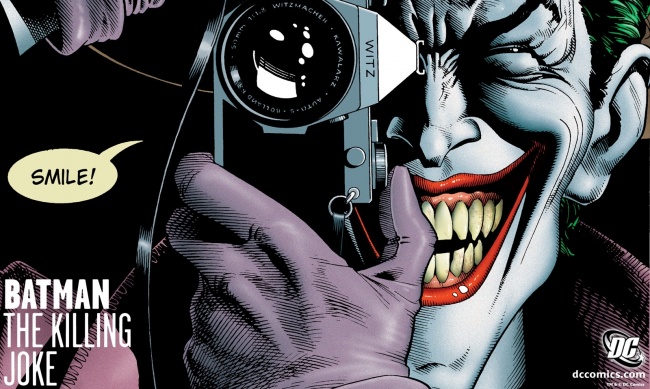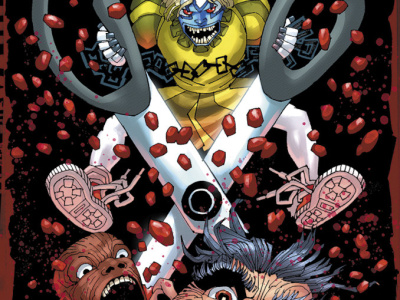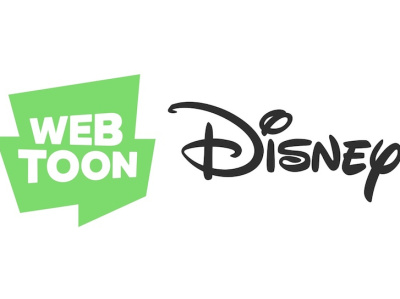And just as was the case in bookstores last month (see “28 Years Later, ‘The Killing Joke’ Is #1”), The Killing Joke took over the top of Capital City Distribution’s comic chart in 1988, beating what at the time was the perennially front-running X-Men title.
Here are the top 10 comics in March of 1988, according to the Internal Correspondence Top 100:
- Batman: The Killing Joke ($3.50)
- X-Men #231 ($1.00)
- X-Factor #65 ($1.00)
- New Mutants #65 ($1.00)
- Action Comics Weekly #601 ($1.50)
- Amazing Spider-Man #302 ($1.00)
- Iron Man #232 ($.75)
- Justice League International ($.75)
- Spectacular Spider-Man #140 ($1.00)
- Green Arrow #6 ($1.00)
A look at the cover prices is instructive. The comics format closest to what’s being sold today (32 pages plus covers, nice paper) was $1.00. That’s the equivalent of just over $2.00 in 2016 dollars. But that format is typically selling for $3.99 today, almost twice as much in constant dollars.
Circulations are correspondingly much lower. Capital City Distribution, one of over a dozen comic distributors at the time, sold over 67,000 copies of X-Men #231, the bestselling book at the standard price, on its own, and according to the circulation statement for the title (as compiled in Krause Publications’ Standard Catalogue of Comic Books), total sales were over 432,000 copies in comic stores, newsstand, and subscriptions combined.
Another key statistic from that issue of Internal Correspondence? DC’s market share was nearly 40%, and over 8 points higher than Marvel’s. Here’s the market share chart for March of 1988:
39.65% DC
31.53% Marvel
5.82% First
4.92% Eclipse
1.7% Eternity
1.52% Comico
1.43% Adventure
1.42% Blackthorne
1.30% Gladstone
1.10% Dark Horse
1.02% Aircel
DC's share had topped Marvel's several times in the previous months, although Marvel came storming back beginning in April 1988 behind a torrent of X-Men and Spider-Man titles.
Other news from the March 1988 issue of Internal Correspondence:
The first Teenage Mutant Ninja Turtles television show, licensed from the Eastman-Laird comics, was about to debut, with Playmates to make the toys. The graphic novels were selling well, and the show and toys went on to become huge hits.
Star Trek: Next Generation had just debuted, with incredible (for the time) budgets of over $1 million per episode. Ratings were big, especially in the 18-49 demo, and merch was selling well.
Marvel had just announced its plans for the next year at its distributor conference in Tampa, which included lots of mutant books (including a “Mutant Summer” promotion); the addition of a second Punisher series; licensed titles based on Alf, Bullwinkle, and G.I. Joe; the release by Marvel of three Incal books by Moebius; a two-issue collaboration between Stan Lee and Moebius; and a Stan Lee and John Buscema Silver Surfer OGN, among many others.
And in hobby games, West End’s Star Wars RPG was getting the most mentions, followed by Games Workshop’s Warhammer 40K and TSR’s Advanced Dungeons & Dragons.









